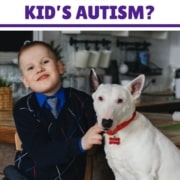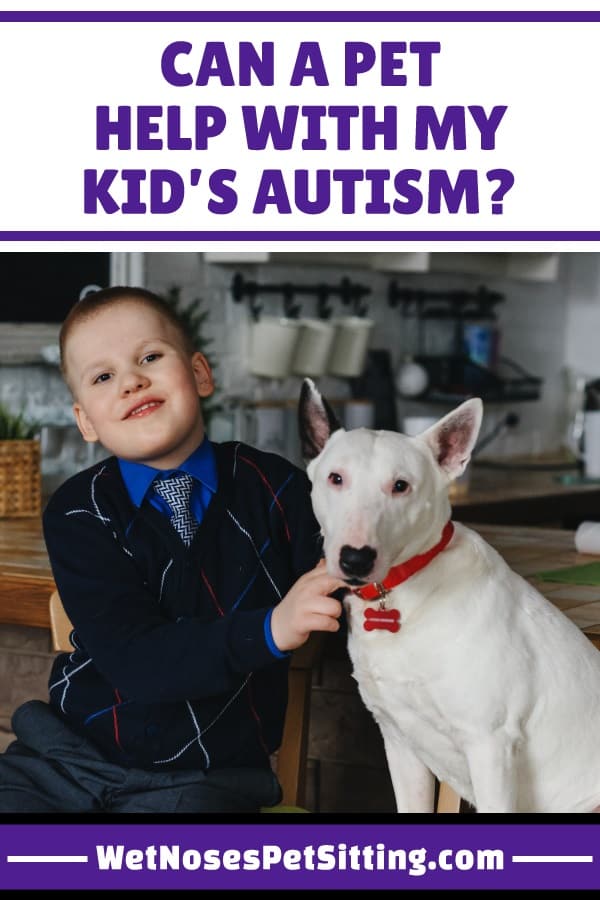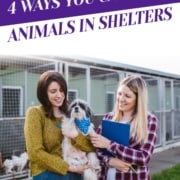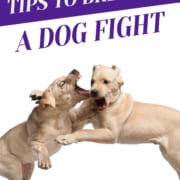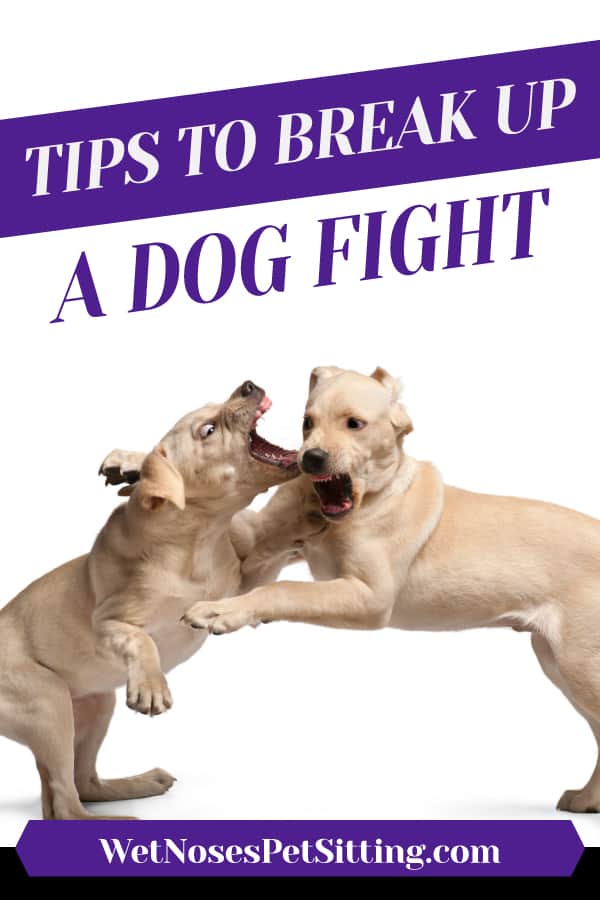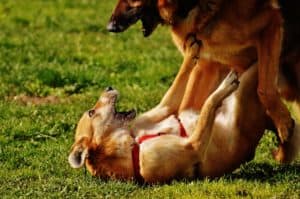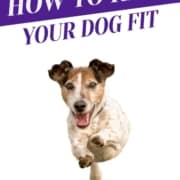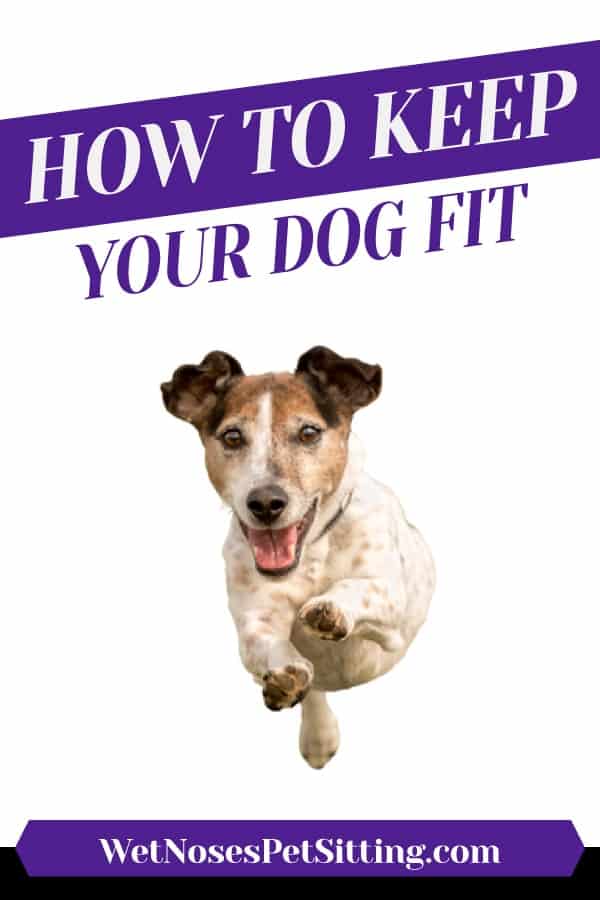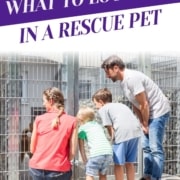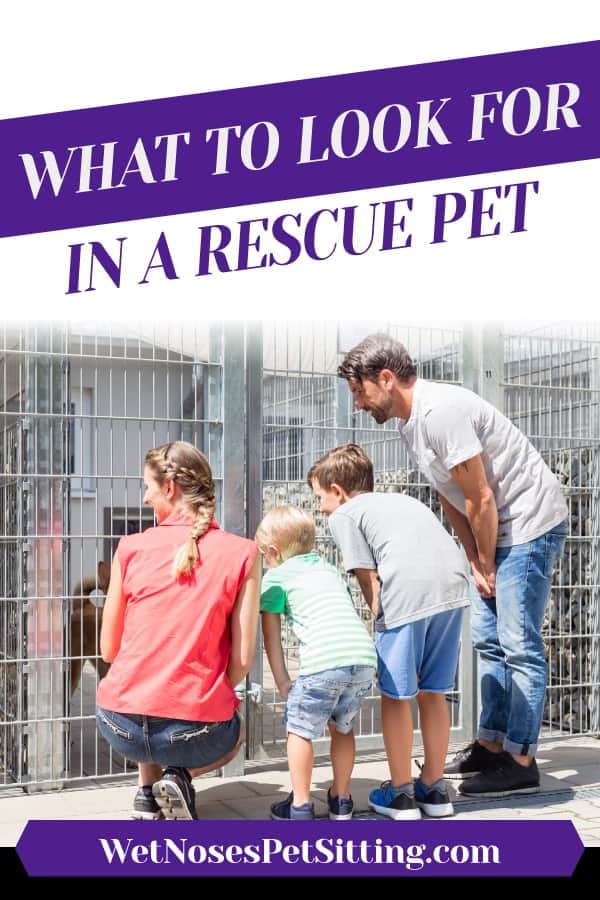6 Common Myths About Your Dog
If you’re a pet parent to a canine, you’ve likely heard the old wives tales that have trickled down through the ages regarding our pooch’s health. Is your dog sick? “Check to see if his nose is dry!” Is Rover licking a wound? “Licking speeds up the healing process!” While there may be some truth behind statements like these, most are completely unfounded.
1. Dogs only eat grass when they’re sick.
While there is some truth to this claim, many scientists insist it’s normal for a dog to eat some grass from time to time as it’s in their genetics. There’s no need to worry if your dog enjoys a grass snack on occasion, however, if gulped down in large amounts it may indicate Rover has an upset stomach. If you find him chowing down on mouthfuls of grass and vomiting them up, it may be best to visit your vet.

2. Dogs eat non-food items because of a nutritional deficiency.
No one can say exactly why some dogs eat rocks, feces, lick carpet, and ingest things that are not meant to be ingested. Most vets believe dogs eat these things out of sheer boredom or as a method to gain attention. To prevent Rover from noshing on the non-edible, provide adequate exercise for him, along with ample outlets for his excess energy.
3. Garlic kills fleas.
Many pet parents claim garlic works to keep fleas at bay, but there is no scientific evidence to support this claim. While it is very possible that the smell acts as a deterrent, garlic does not kill them.
4. If Rover’s nose is warm, he is sick.
Not true! Your dog’s nose temperature cannot indicate illness or health. It also can’t verify whether or not Rover has a fever. The only way to accurately determine your dog’s temperature is by measuring it with a thermometer, with normal readings ranging between 101.5 to 102.5°F.
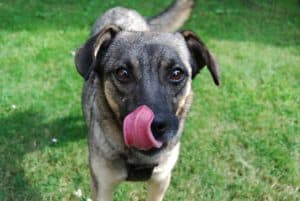
5. If your dog licks his wounds, it will help them heal faster.
Dogs naturally lick their wounds in an effort to clean them, but it actually slows down the healing process and can lead to serious infections. To prevent your pooch from licking his wound excessively, block access to the area with an Elizabethan collar (you know, the lampshade looking contraptions that go around Rover’s neck) or by applying a bandage. To aid in the healing process, clean the wound thoroughly and apply a dog-safe antiseptic.
6. Your pooch will let you know when he’s sick or in pain.
Definitely not true! In general, dogs are adept at hiding the signs that indicate they are sick or feeling pain. Behaviorists speculate this is instinctual, a behavior inherited from their ancestors who, in their drive to survive, hid any weakness. More often than not, by the time you notice your dog is sick, his condition has already progressed. Keep an eye on Rover’s typical behavior and make note of any differences you notice in the time he spends sleeping, if he’s slower in his movements (especially when getting up and lying down), if his appetite shrinks, if he seems more distant, or, on the contrary, becomes more clingy. It’s also a good idea to take a quick look at Rover’s poop every time he goes to identify any differences in its appearance.
It’s our mission as pet parents to provide the best possible care for our canine companions, and it can sometimes get confusing with the countless theories out there on dogs and their care. If you’re uncertain or just looking for advice, consult with Rover’s veterinarian.



